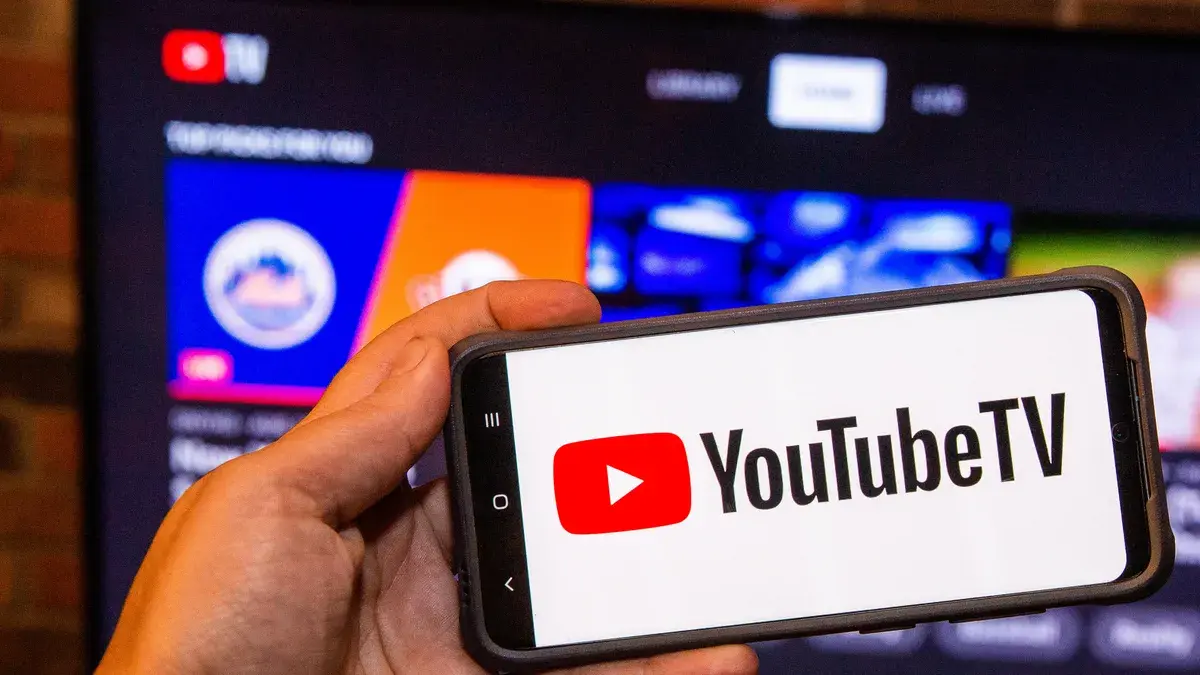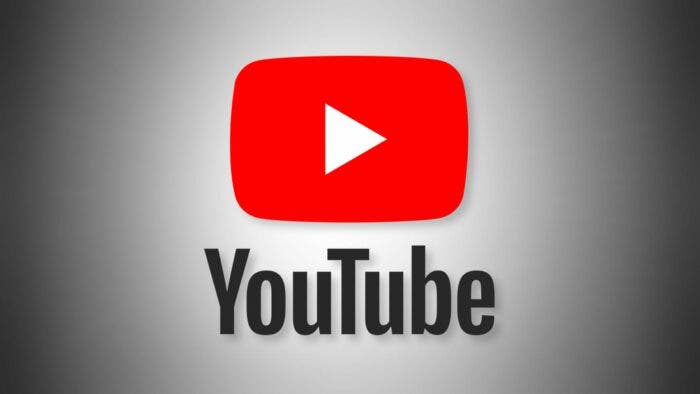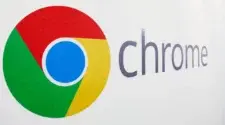YouTube has been one of Google’s main sources of income throughout the pandemic; with people stuck at home watching videos a lot more. The rise in revenue from the service turned out to be a double-edged sword; the company has to make more and more efforts to keep the bar set high.
The biggest disappointment in Google’s latest quarterly report was YouTube; the service‘s advertising revenue grew by only 4.8% in annual terms; and reached $7.3 billion against the $7.52 billion predicted by analysts. This is the lowest growth rate of YouTube since its owner, Alphabet, began increasing sales in Q4 2019. Last year, the growth was 84%, and in 2020 – only 5.8%; when marketers reduced promotion costs with the onset of the pandemic.
YouTube’s ad income growth slows in Q2 2022

Gizchina News of the week
During the financial report, Alphabet management did its best to emphasize the anomalous nature of last year’s result; trying to reassure investors and convince them that the growth slowdown will not be long-term. And here the company should have been more careful with promises: Last week, Snap disappointed investors with its quarterly results, demonstrating that in light of the current economic uncertainty, advertisers are spending their budgets more carefully. Top managers of Google partially agreed with this position, but did not mention another problem – competition.
In recent months, the company has increasingly noted the growth in popularity of the short video format in general and TikTok in particular. Not too long ago, Google Senior Vice President Prabhakar Raghavan stated that up to 40% of the younger generation start their web search not with Google, but with TikTok and Instagram. This is not the first time that YouTube’s insufficient revenue has become a problem for Alphabet. In the first quarter, advertising revenue on the platform also fell short of analysts’ expectations – then the company said that it was pinning its hopes on the YouTube Shorts section, which is a direct competitor to TikTok. The problem of the project is that it does not have a well-established monetization program: users are increasingly choosing a new format, and the platform is only testing ways to make money on it.





